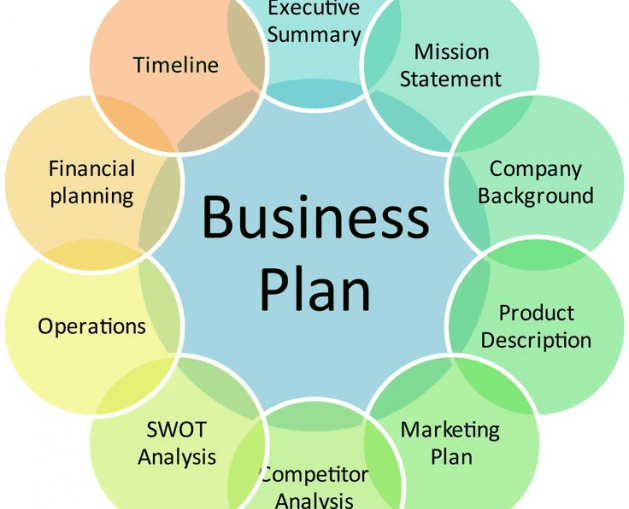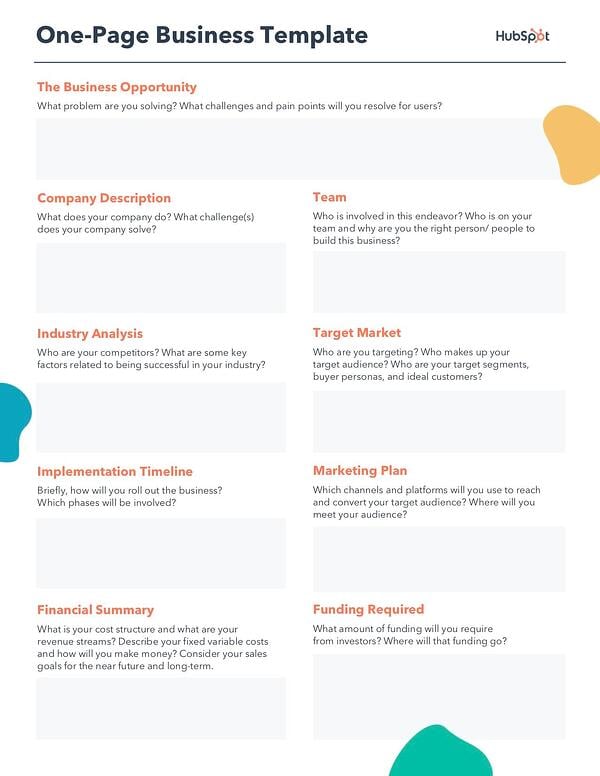A business plan is key to a successful startup. The easiest way to simplify writing a business plan is to start with a business plan template. Using a business plan template can help you organize your thoughts and ideas, and ensure that you don’t forget any important information. It can also help you clarify your business goals and objectives, and create a roadmap for achieving them. Today’s article will clarify issues related to business plans.
What is a business plan?
A business plan is a document that outlines the strategy and goals of a business, and details how the business will achieve those goals. It typically includes information about the business’s products or services, target market, marketing and sales strategy, financial projections, and funding requirements. Overall, a business plan is an essential tool for any business, as it helps the business owner to stay organized and focused and to communicate their vision and goals to others.
Why is a Business Plan important?
Writing a business plan can seem like a big task, especially if you’re just starting a business for the first time and don’t have a financial background. Even if you have some experience, it’s always a good idea to review what a modern business plan looks like. After all, business plans have changed over the years, and what lenders and investors expect is different now than it was even 10 years ago. A good business plan will help you reduce the risks of starting a business, the opportunity to discover new business ideas as well as attract investors to fund the project.

What business plan template includes?
There are several key sections that are typically included in a business plan. These sections provide a detailed overview of the business and its operations and outline the strategy and goals of the business. Depending on the specific needs and goals of the business, other sections may also be included in the business plan.
Executive Summary
This is a one-page summary of your entire plan, usually written after the rest of the plan is completed. The description in your executive summary should also cover your management team, your business goals and strategies, and other basic brand information.
Market analysis
The market you intend to target with your business idea should also be examined in a well-researched business plan. This section covers everything from estimated market size to your target market and competitive advantage.
Products and services
This section shows the products you sell and the most important features of that product or service. It will also include any plans for intellectual property, such as patent or copyright filings.

Marketing Plan
How you plan to advertise your business and what strategic decisions you’ve made about things like your pricing strategy.
Financial plan
It’s important to review your financial projections, including revenue and expense projections. This section includes templates for the three main financial statements: the income statement, balance sheet, and cash flow statement.
7 quick tips for writing a business plan

Now that you are aware of the elements that are normally included in a business plan, it is time to consider the construction of the document itself. Here are 7 important considerations for drafting a business strategy. These overall guidelines will assist you in creating a company plan that accomplishes its objective (whatever it may be) and serves as an accessible guide for years to come.
- Don’t be verbose: Use clear, concise language and avoid jargon. When business plans are too verbose, they are less likely to be used as intended and more likely to be forgotten or ignored by stakeholders.
- Provide supporting documentation: Don’t be afraid to have a complete list of addendums, including resumes of team members, product demos, or internal messages.
- Reference data: All information regarding your market, competitors and customers should refer to relevant and authoritative data points.
- Showcase the difference: At every opportunity, it’s important to drive home the way your product or service differentiates you from your competition and helps solve a problem for your target audience.
- Know the purpose: It is important that you understand the purpose of the plan before you start researching and writing. Be clear about whether you are writing this plan to attract investment, or provide direction.
- Objectivity: It is equally important to present your company and the benefits you provide to your customers, it is also important to be objective in the data and research you reference. Show off the good and bad sides of your market and financial research.
- Don’t be afraid to change: Your business plan will evolve with the company’s growth, which means your business plan document will evolve as well. It’s important to keep in mind that: have a plan in place, even if it changes.
Conclusion
Planning is key to the financial success of any type of business, whether you’re a start-up, nonprofit, or corporation. To make sure your efforts are focused on the most valuable parts of your own business plan, rely on a business plan template to handle the structure and formatting for you. Even if you end up skipping sections, you’ll save yourself time and energy by starting with an already existing framework.

